- Call us: 01444 237070
- Contact Us
- Stores
- Sign In / Register
-
- Back
- Used Cameras
- Used Accessories
- Used Lenses
- Used Video
- Used Film Equipment
- Used Stock Alert
- Used Blank Test
- Sell or Part Exchange
- Used Clearance
- Recently Added Used Equipment
- Park Picks
- All Used Black Friday Deals
- Faulty
- Trade-In
- Blog
- New in
- Call us
- Contact us
- Stores
- Sign in
- Categories
- Tips & Inspiration
- Reviews
- News
- Events
- Features
- Buying Guides
- Competitions
Canon R5 Review
Since launching in July 2020, the Canon EOS R5 has revolutionised how we capture photos, video, and hybrid content, through its uncompromising performance. So we jumped at the chance when Canon agreed to send us an R5 camera, together with a fixed focal width RF 600mm f/11 lens, and the Canon RF 100-500mm F/4.5-7.1 L IS USM Lens for review.
UPDATE: As of July 17th 2024, Canon has introduced the next generation R5 mark ii, which you can read about in our First Look Canon EOS R5 Mark II Review, which includes a comparison with the first-gen R5. It is also compared to Canon's flagship R1, which was released on the same day and features in our Canon R1 First Look Review here.
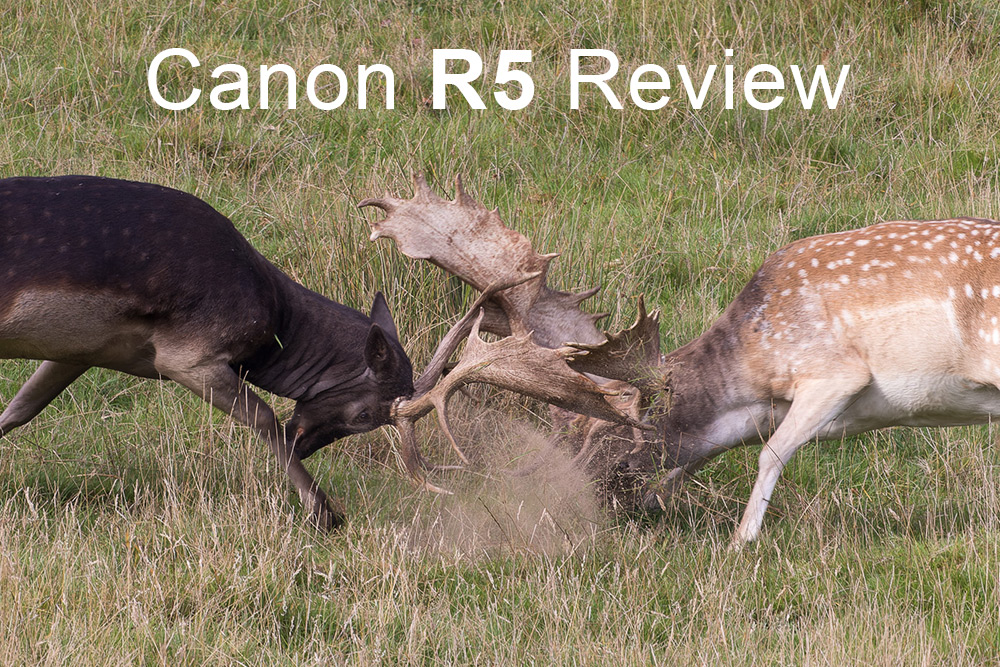
The idea for this Canon R5 review was to photograph rutting season and discover how these super telephoto Canon mirrorless lenses work in tandem the camera’s formidable AF capabilities. Despite my best intentions only one pair of stags decided early September was their time to rut, so I explored every other creative telephoto avenue I could find, including capturing landscapes, close-up nature and bird photography.
Whether you’re considering upgrading to the R5, or simply want to find out which features this ground-breaking Canon mirrorless camera offers photographers who shoot telephoto subjects, we’ve got plenty of sample images and real-world experiences to share in this review.
Canon R5 specs for photography
Despite the camera's ability to record 8K video and a host of other movie-centric features, the following list of Canon R5 specs spotlight only those that are directly relevant for our purposes – to evaluate the R5’s photography capabilities.
- 45 megapixel photos at up to 20 frames per second in complete silence
- High-speed DIGIC X processor
- AF with deep-learning artificial intelligence
- Subject tracking for Humans, Animals (Dogs, Cats and Birds), Vehicles (Racing cars or Motor bikes)
- Dual Pixel CMOS AF II with 5940 AF positions, covering virtually 100% of the frame
- Up to 8-stops 5-axis in-body image stabilisation when combined with compatible RF lenses
- Wide ISO 100-51,200 range
- 3.15 inch touchscreen vari-angle LCD with 2.1M dots
- Bright 0.5-type 5.76-million dot OLED electronic viewfinder
- 1x CFExpress and 1x UHS-II SD card slot
- Canon R5 weight = 650g (738g with card and battery)
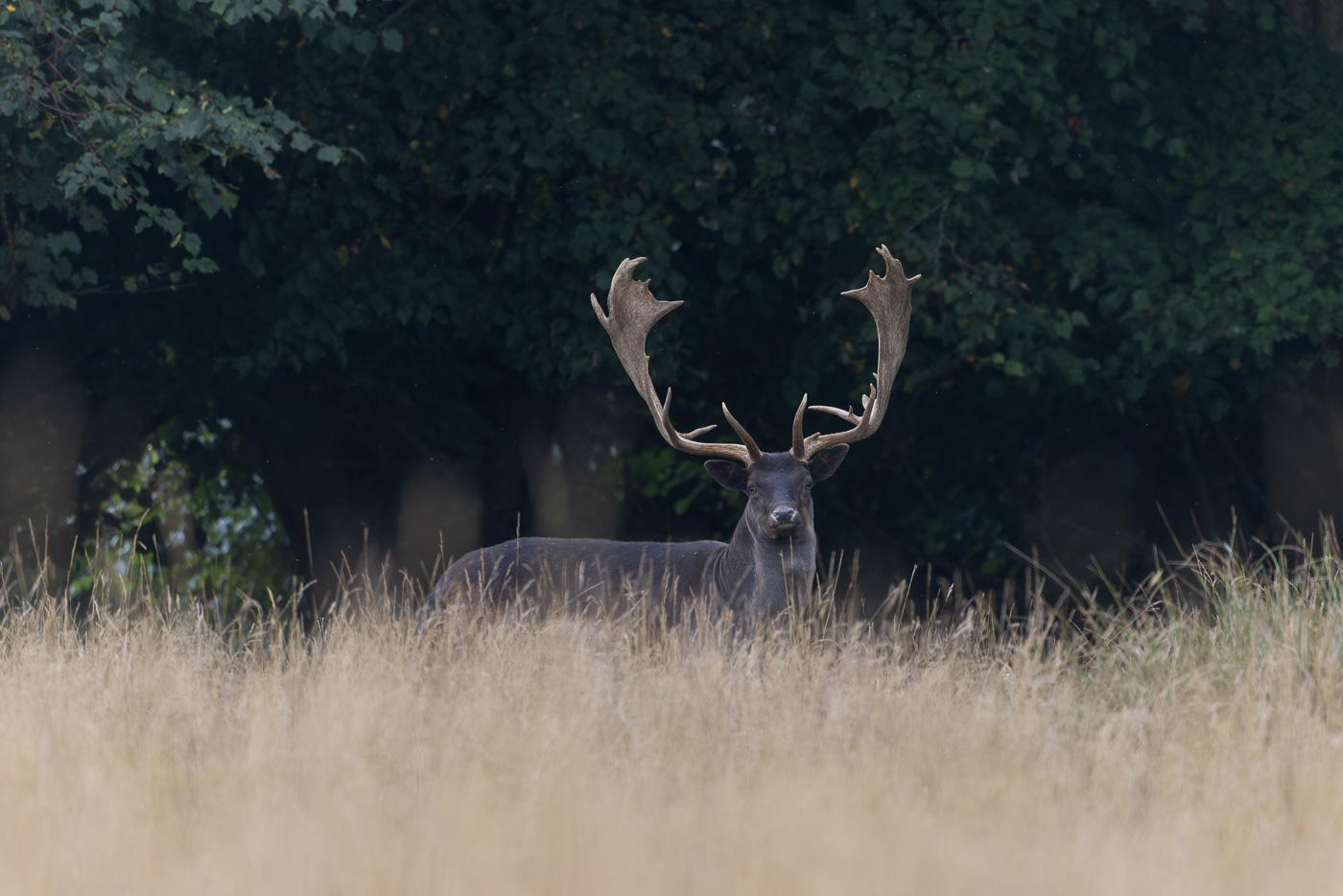
Stag captured with the RF 600mm f/11 lens. Camera settings: 1/320sec. f/11 ISO 2500
What makes the Canon R5 so good?
What makes the Canon R5 so good today is its unique combination of features and capabilities. These include class-leading autofocus with ai-driven subject detection and tracking, 5-axis in-body IS for handheld shooting and high-resolution stills capabilities. The processor is fast, making the camera extremely responsive, and it’s intuitive to use.
When the Canon R5 first appeared it was packed with industry-first features and as one of the most competent hybrid mirrorless cameras available, it continues to dominate the photography scene today.
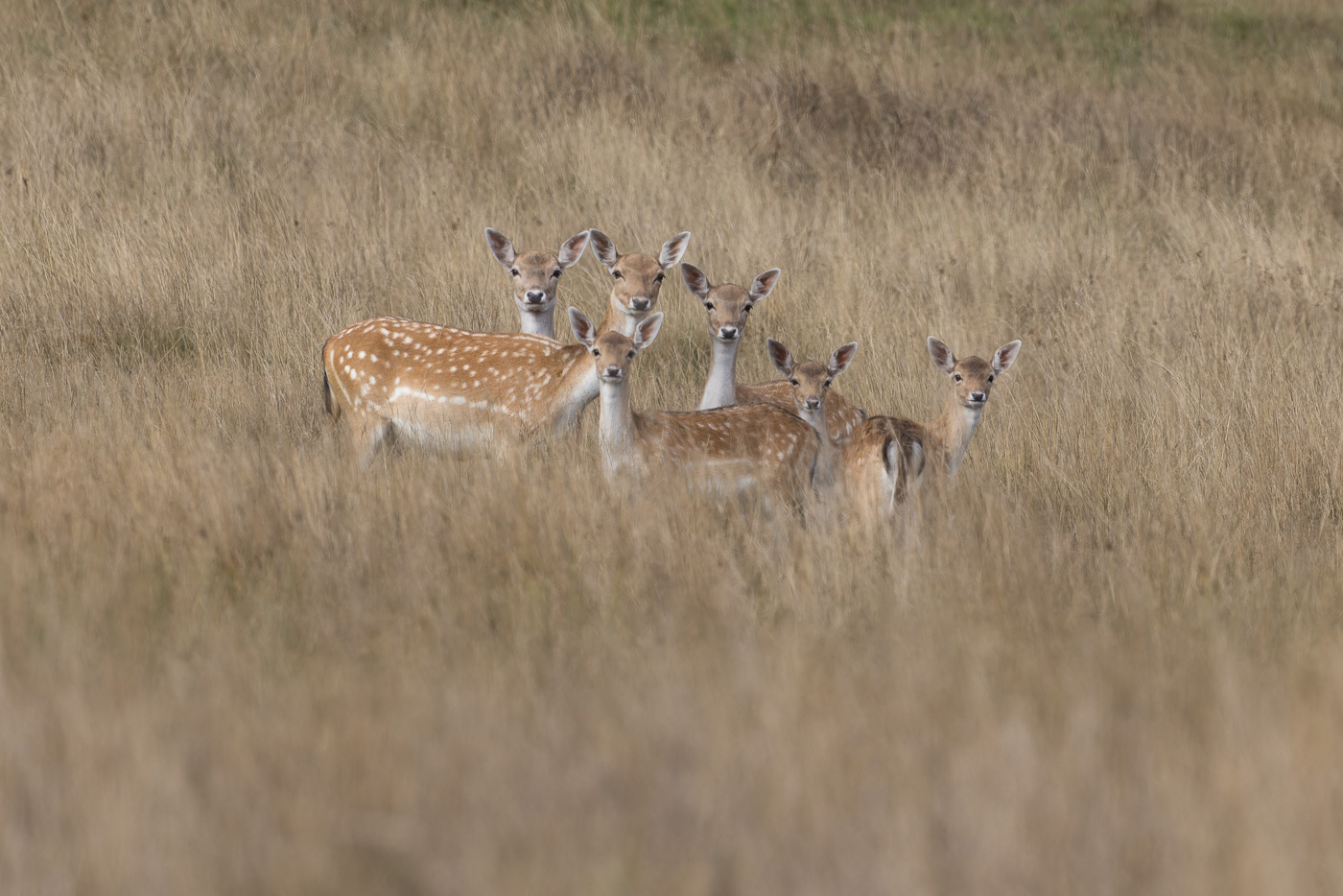
Deer pre-school captured with the RF 600mm f/11 lens (cropped). Camera settings: 1/500sec. f/11 ISO 800
Who is the Canon R5 aimed at?
Taking into account the Canon R5 price in the UK of £4,299.00, this is not an entry-level camera. Instead, it is aimed at serious photography enthusiasts, hybrid creators and professionals who want a versatile body, which is capable of capturing every subject imaginable, from sports and wildlife to portraits, weddings and landscapes.
While the EOS R3 is geared towards professional sports photography, the R5 is a more rounded model for everyday snapshots, travel and any type of photography. If you’re looking for the best Canon camera for your needs, think of the R5 as the definitive all-round hybrid camera, which offers professional features when you need them.
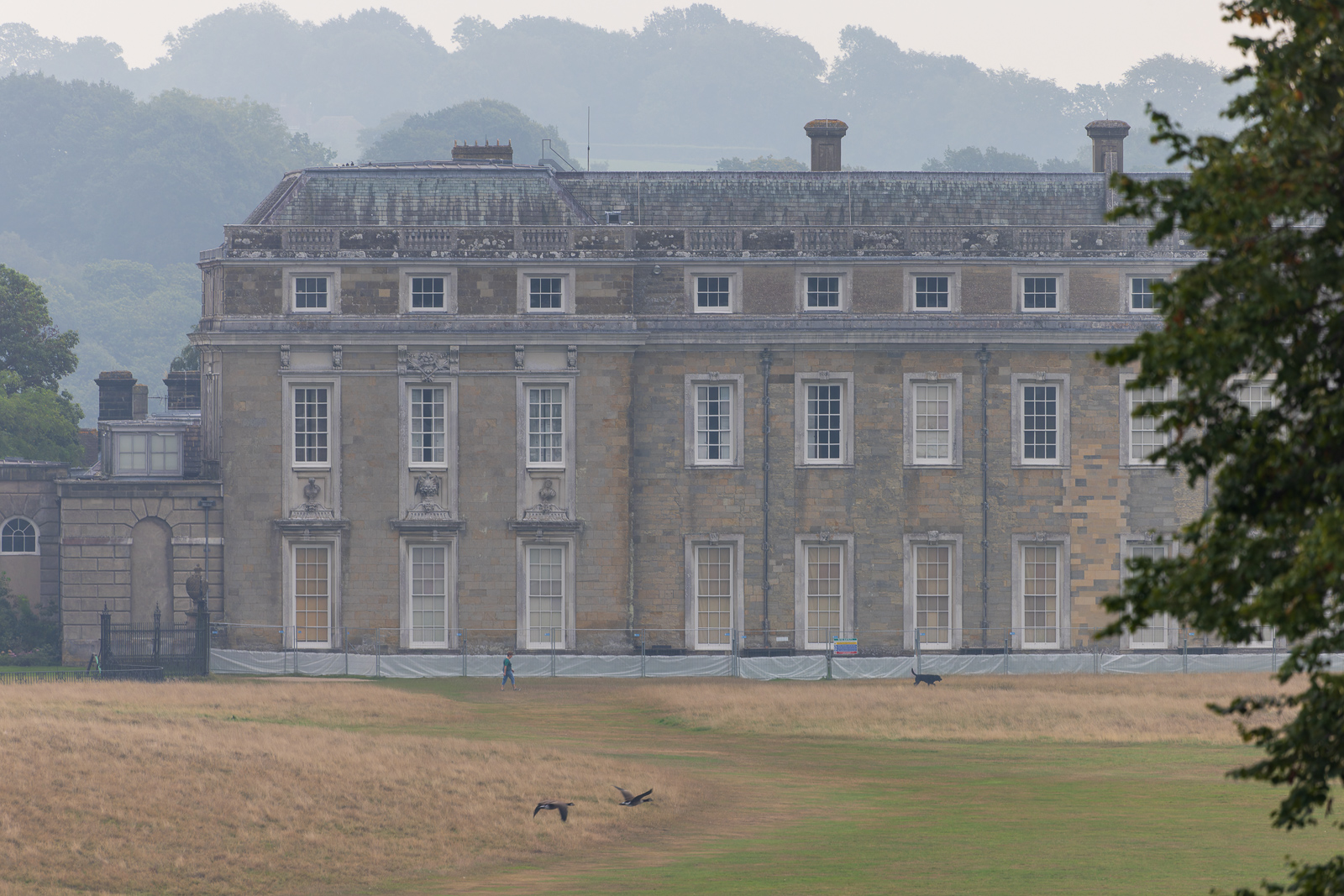
Home sweet home captured with the RF 600mm f/11 lens. Camera settings: 1/320sec. f/11 ISO 800
Is the Canon R5 a professional camera?
Yes, with 45MP stills, 8K video, deep learning AF and a host of other advanced features, the Canon R5 is considered a professional camera. While it’s probably overkill for beginners, in the right hands and having got to grips with photography for beginners, anyone can take amazing images with the R5.

Young stag captured with the RF 600mm f/11 lens (cropped). Camera settings: 1/500sec. f/11 ISO 1600
Is the Canon R5 a good wildlife camera?
During the short time I had it, the Canon R5 was especially good for wildlife photography. This is down to featuring animal eye detection, which worked flawlessly in the field, advanced scene metering when shooting in Auto, and high-speed continuous burst up to 20fps in silent electronic shutter mode.
Other advantages the R5 offers wildlife photographers is the ability to crop into the 45 megapixel images in order to highlight the subject, as well as excellent IBIS for sharp results when handholding.
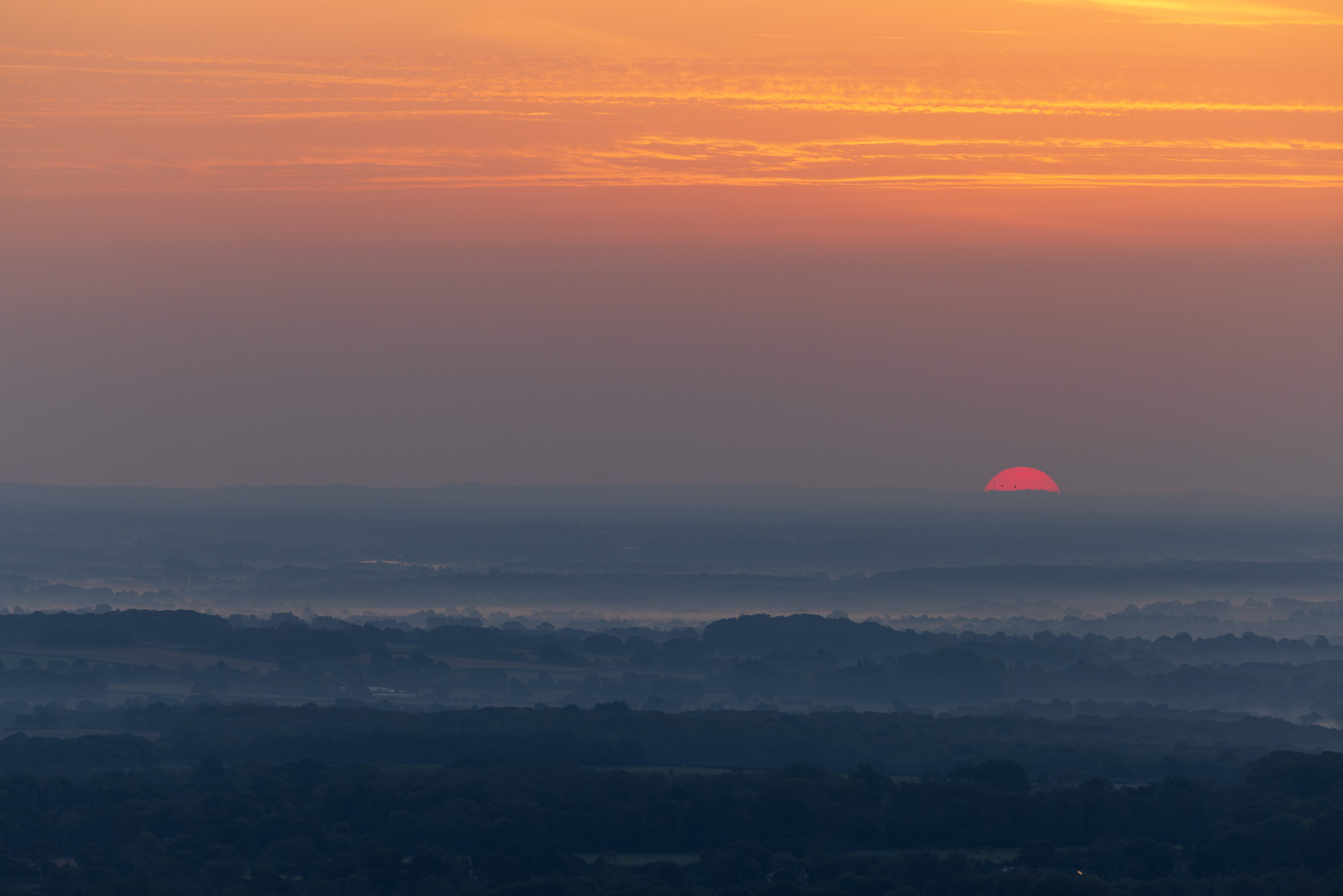
Sunrise captured with the RF 100-500mm lens at 200mm (handheld). Camera settings: 1/160sec. f/5.6 ISO 400
Canon R5 ISO performance
Many of the R5 sample photos in this review were taken at ISO 1600, through to ISO 8000. While there was plenty of noise at this range, today’s photographers have AI-driven noise reduction tools readily available, allowing you to shoot and clean images with far higher ISO values than previously possible.
Perhaps more importantly is the R5’s ability to gain accurate focus in low light, which is highlighted next.
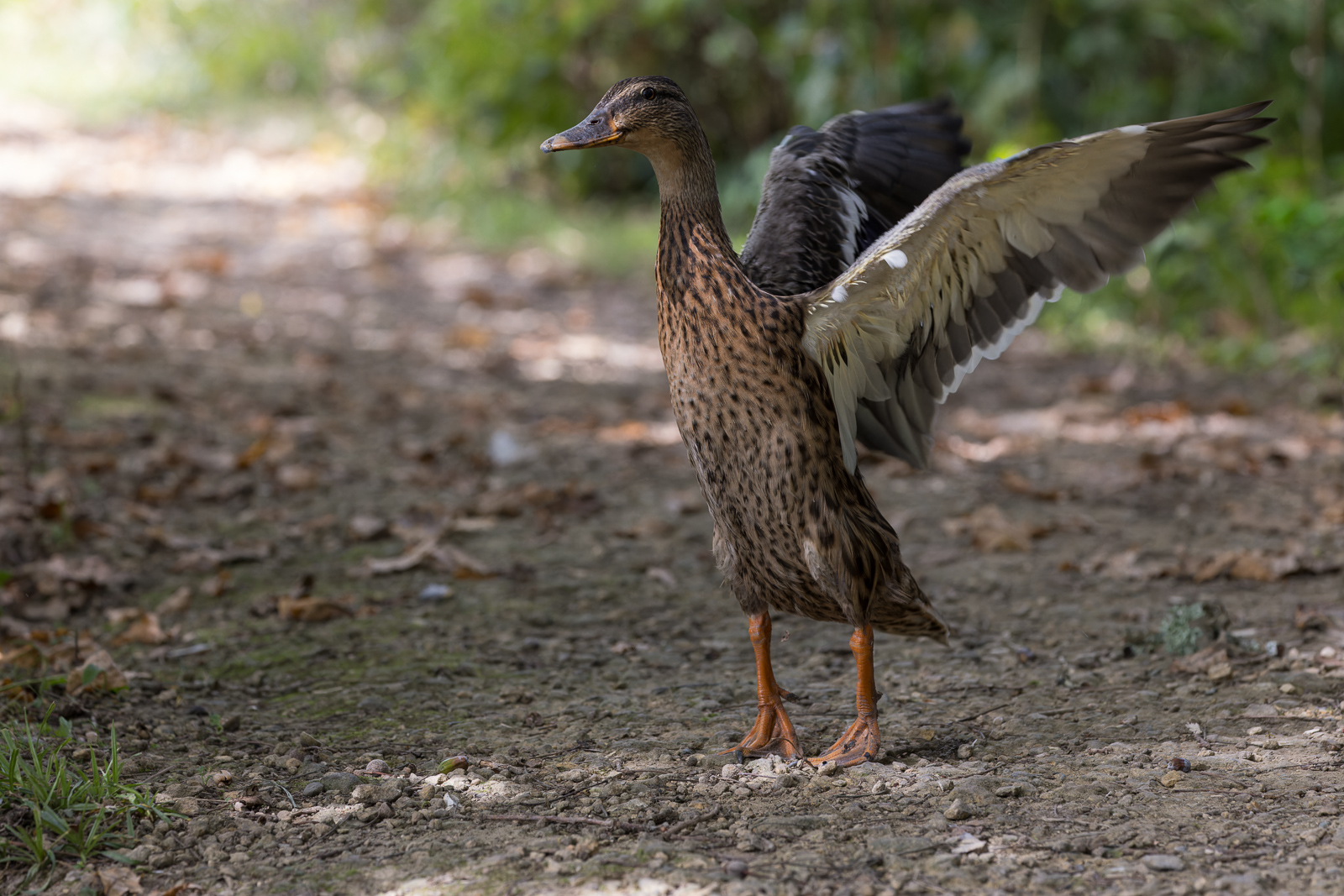
Morning stretch captured with the RF 100-500mm lens at 200mm. Camera settings: 1/640sec. f/7.1 ISO 4000
Canon R5 low light capabilities
Wildlife and photography in general often takes you into less than ideal lighting conditions, whether capturing animals and birds in the undergrowth, or shooting during sunset and dusk. The R5 is well equipped at low light photography thanks to three key features:
- -6 EV autofocus working range (at ISO 100) – which is roughly the same illumination as a half-moon
- Maximum ISO 51,200 – although I only went as high as ISO 8000 for these samples
- Advanced image stabilisation for reactive handheld shooting in low light
As mentioned in the accompanying Canon RF 100-500mm Lens Review, I was amazed at how well the camera was able to focus in low light. When capturing a misty sunrise for example, there was very little hunting for focus on low contrast, similar tonal scenes, which other systems or contrast-based AF tends to do. It just worked, and achieved pin sharp details regardless of ISO, lighting or other factor.
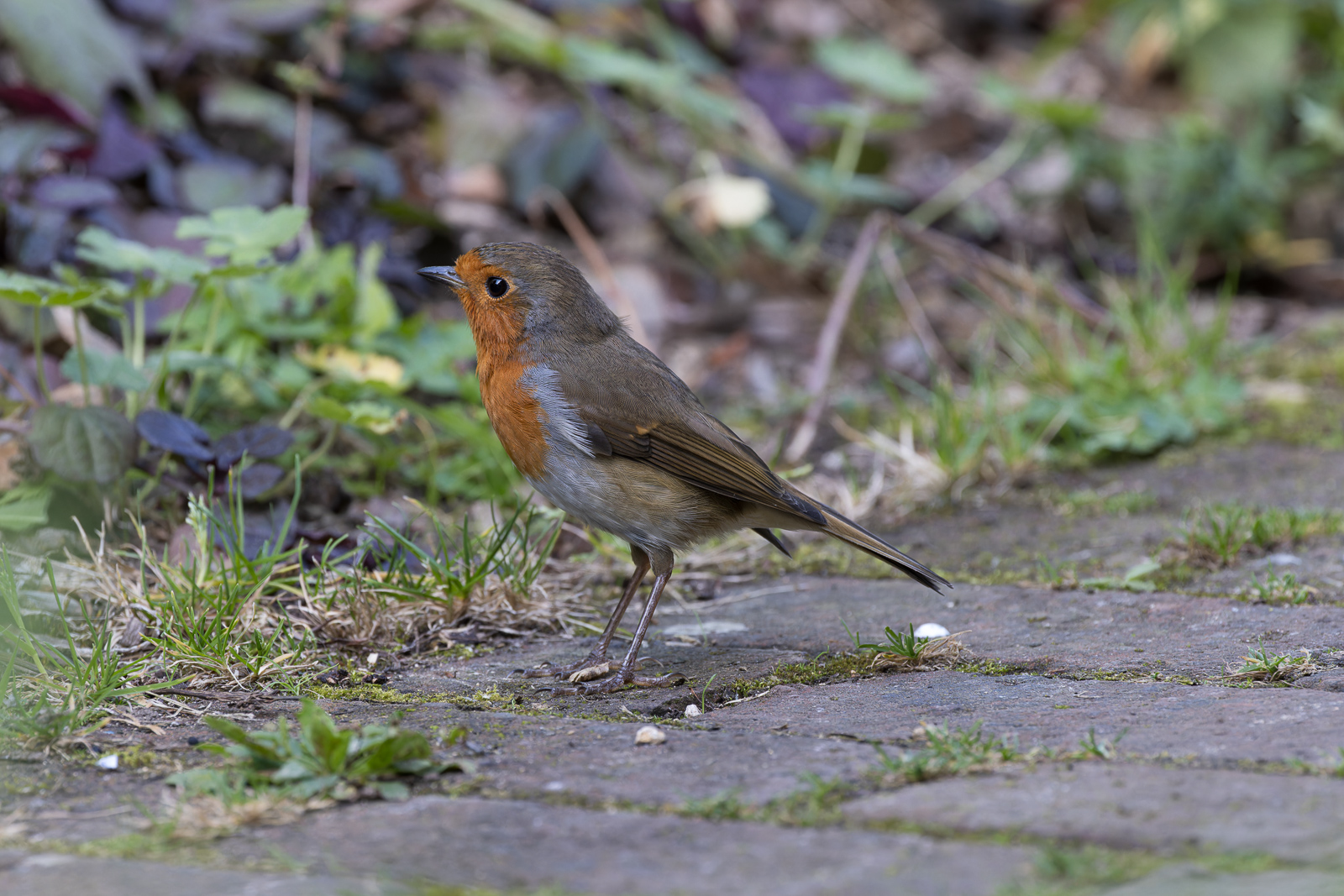
Bobbin’ Robin captured with the RF 100-500mm lens at 500mm (cropped). Camera settings: 1/500sec. f/9 ISO 3200
How good is the R5 animal eye tracking?
While capturing photographs of stags, the R5 AF system invariably nailed focus on the animal’s eye, rather than long foreground grass, or other obstacles. AF also kept pace with fast moving antler to antler combat, although I was shooting relatively slowly, in order to capture photos which highlighted movement.
Whenever a stag or deer looked away, the camera AF tracking jumped to the entire body and rarely did focus move away from the animal. This was my overall impression of the Canon R5’s ability to near-instantaneously gain focus on virtually any subject I pointed it at. As an example, when in Animal mode it still recognised and tracked an airplane, which happened to fly overhead.
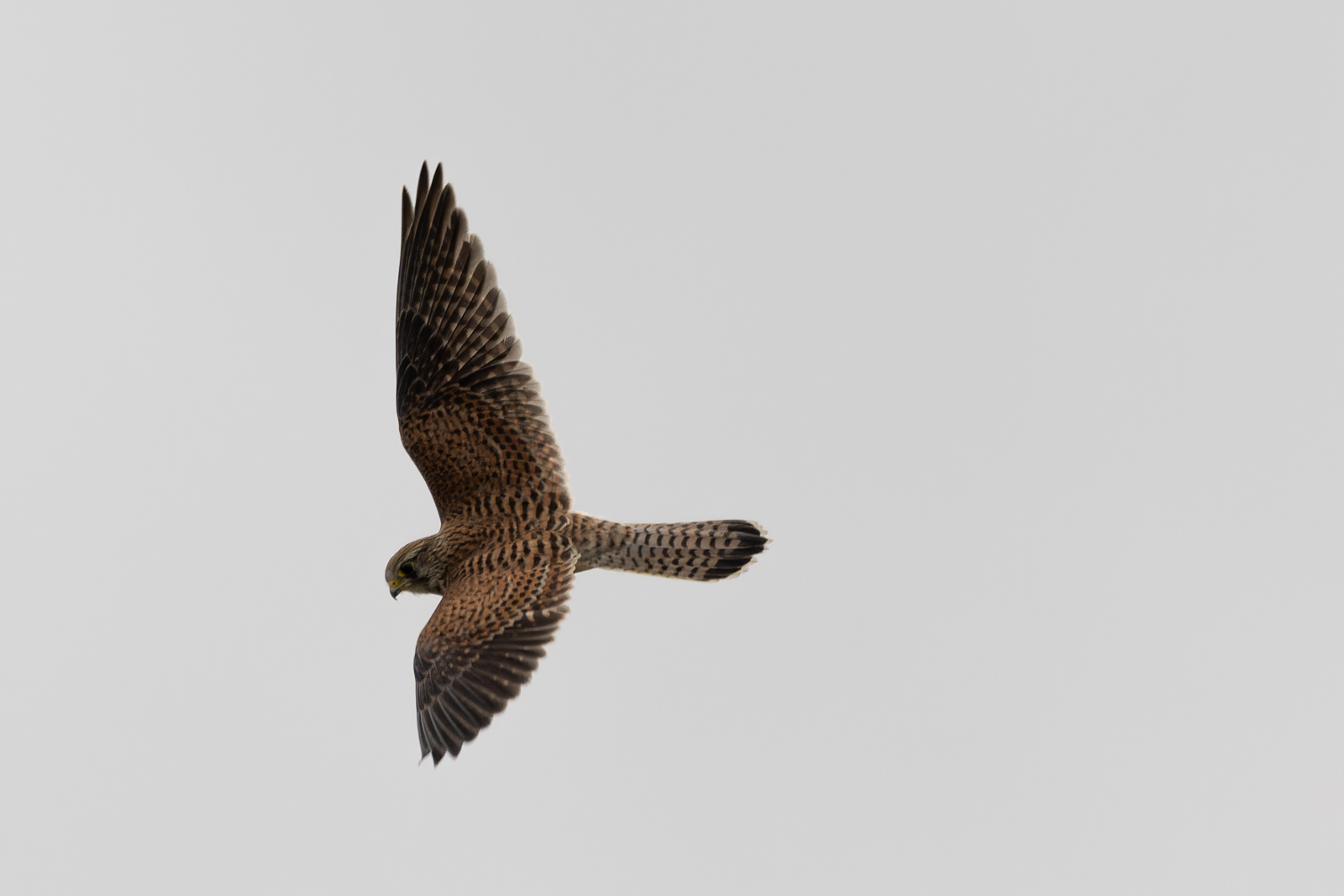
Kestrel in flight captured with the RF 600mm f/11 lens (cropped). Camera settings: 1/1250sec. f/11 ISO 1250
Is Canon EOS R5 good for bird photography?
While focusing towards a black raven on the ground, I noticed a kestrel flying overhead out of the corner of my eye. I turned, the R5 camera instantly picked up the bird in flight, and I was able to snag two or three photos before it darted out of range.
This is down to its ability to acquire focus in as little as 0.05 seconds, and focus down to apertures as small as f/22, which allows you to add a teleconverter to a lens like the RF 600mm f/11 used for these photographs of stags, deer and birds.
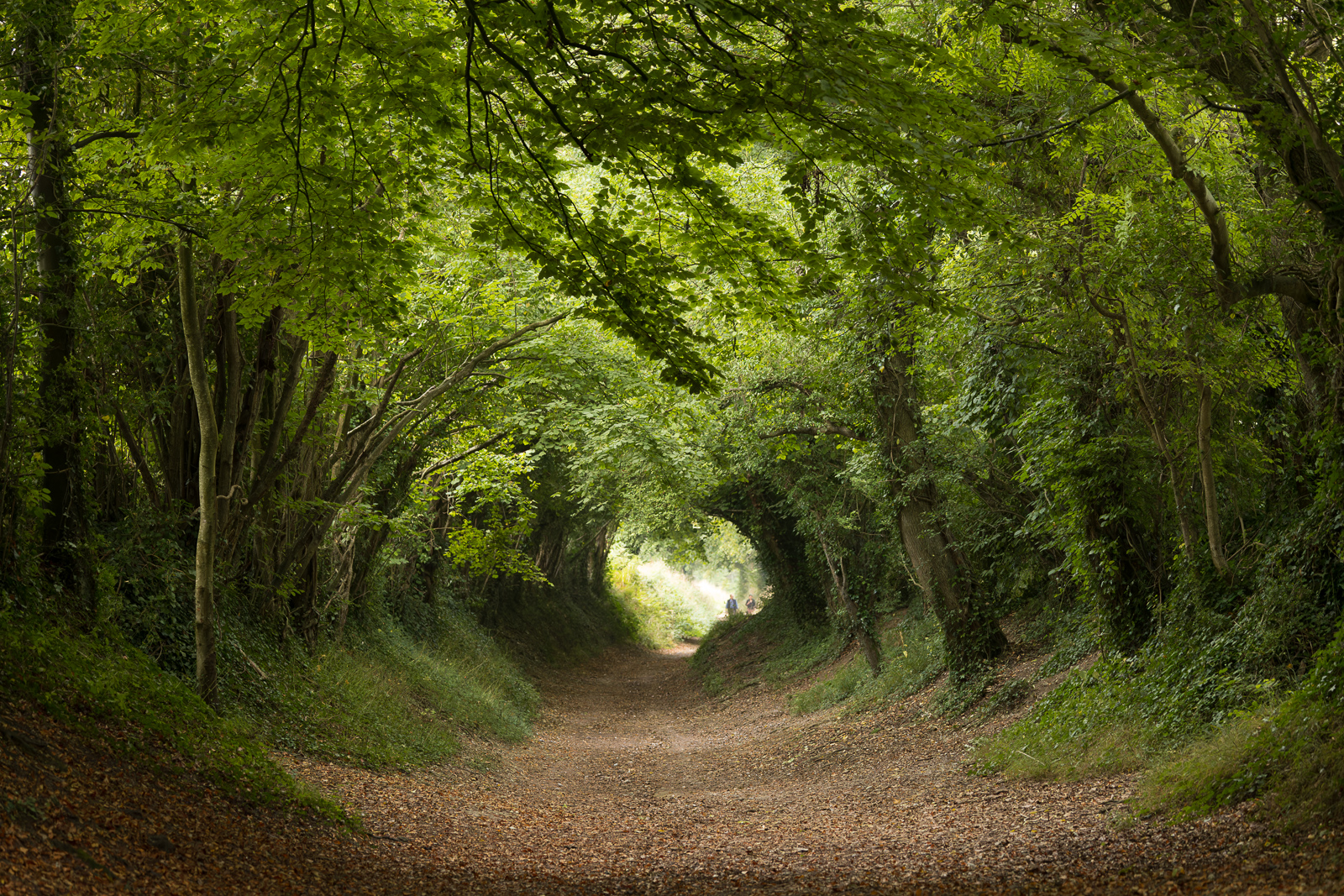
Tree tunnel captured with the RF 100-500mm lens at 100mm. Camera settings: 1/160sec. f/5 ISO 6400
How user-friendly is the R5?
The Canon R5 is easy to use thanks to user-friendly features, which will feel familiar to EOS R ecosystem photographers. The body includes controls that provide an intuitive approach to photography, a vari-angle LCD touchscreen, which is easy to operate and navigate menu systems, plus there’s a bright OLED EVF.
You can adjust most of the settings needed for wildlife and birds or any other subject in the Q Menu, which is accessible from the back of the camera. Canon’s menu system is one of the most intuitive of all manufacturers. You’ll find a quick overview of R5 camera settings below.
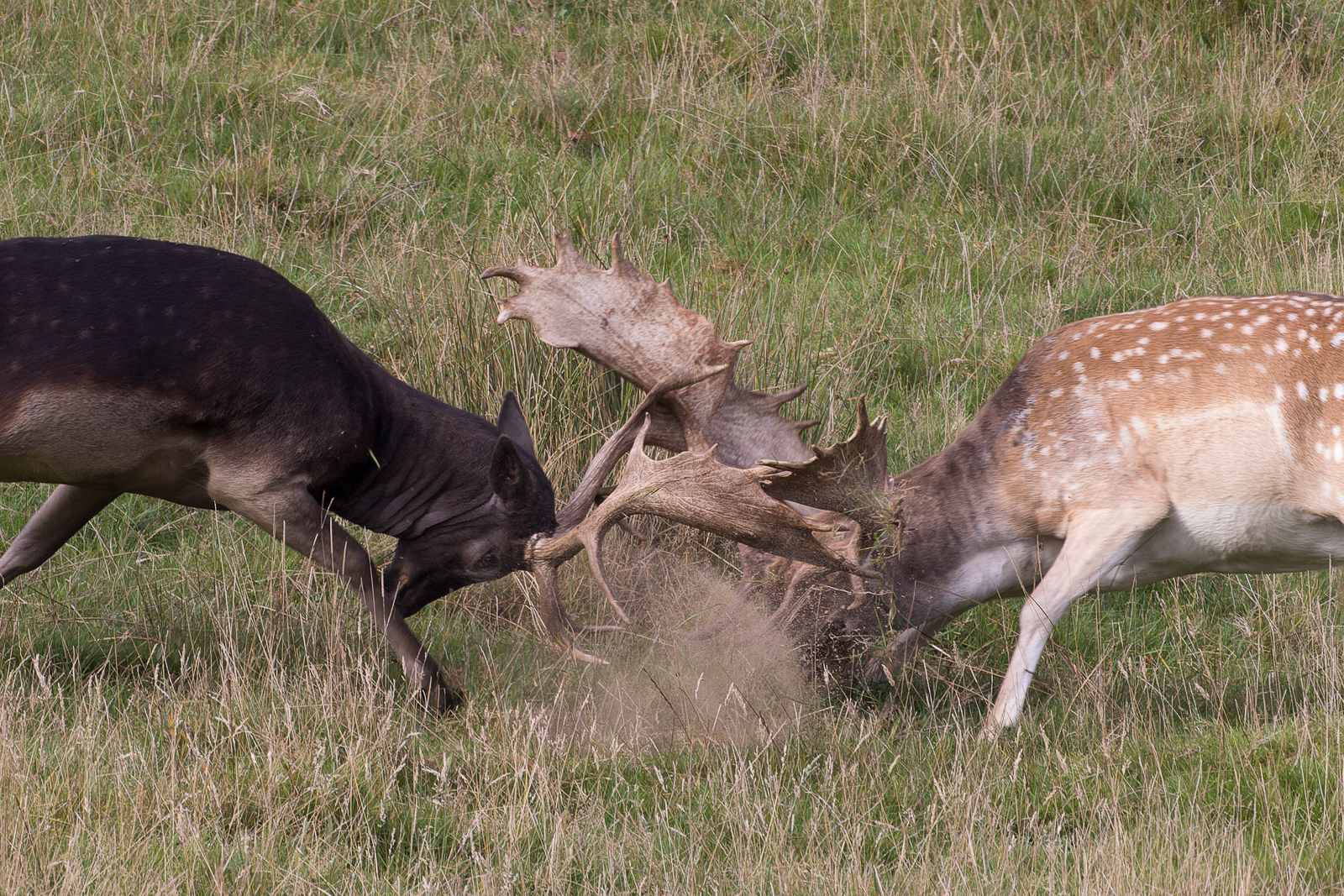
Deer rut captured with the RF 600mm f/11 lens (cropped). Camera settings: 1/400sec. f/11 ISO 1000
R5 wildlife and bird photography settings
You can photograph wildlife and birds, or similar fast-paced subjects in a number of ways with the R5 and it’s worth experimenting to find your preferred setup. If the subject is moving quickly or flying, it’s a good idea to work in shutter speed priority, at a minimum of around 1/1000 second or 1/2000 second, in order to freeze the action.
You can also work in Manual mode, and leave the camera to choose ISO via Auto ISO, which is a great way to maintain control over each shot, and how I captured the majority of sample images here.
Setting the camera to burst mode ensures you capture sequences of shots by holding the shutter release, in up to 12fps with the mechanical shutter, or 20fps in electronic shutter. Within the drive mode menu select high speed continuous+ for the fastest burst rate possible.
Don’t forget to set continuous tracking in the AF menu, and choose Animal or Bird from the subject detection AF menu. You can also set metering to centre weighted average for consistent metering across most situations, which you can fine-tune with exposure compensation for each frame.
If you’re shooting in RAW which is recommended, you can adjust white balance during editing, however you can also elect to set daylight, cloudy, or a particular Kelvin colour temperature to get an accurate starting point, and consistent colour throughout a whole shoot.
Both of the lenses reviewed have relatively narrow maximum apertures, and can be left at the widest setting, such as f/5.6 or f/7.1, which, in the case of the 100-500mm changes depending on the zoomed focal width. The 600mm prime is a fixed aperture lens, and f/11 is perfect for getting your subject sharp, from front to back.
Once you’ve set the camera up it works incredibly well for these types of subjects and captured consistently sharp results with the two telephoto lenses. Occasional misses are to be expected, albeit because I was slow to react and missed opportunities. Practice makes perfect and the camera is able to do a lot of the heavy lifting for you, while you hone your skills.
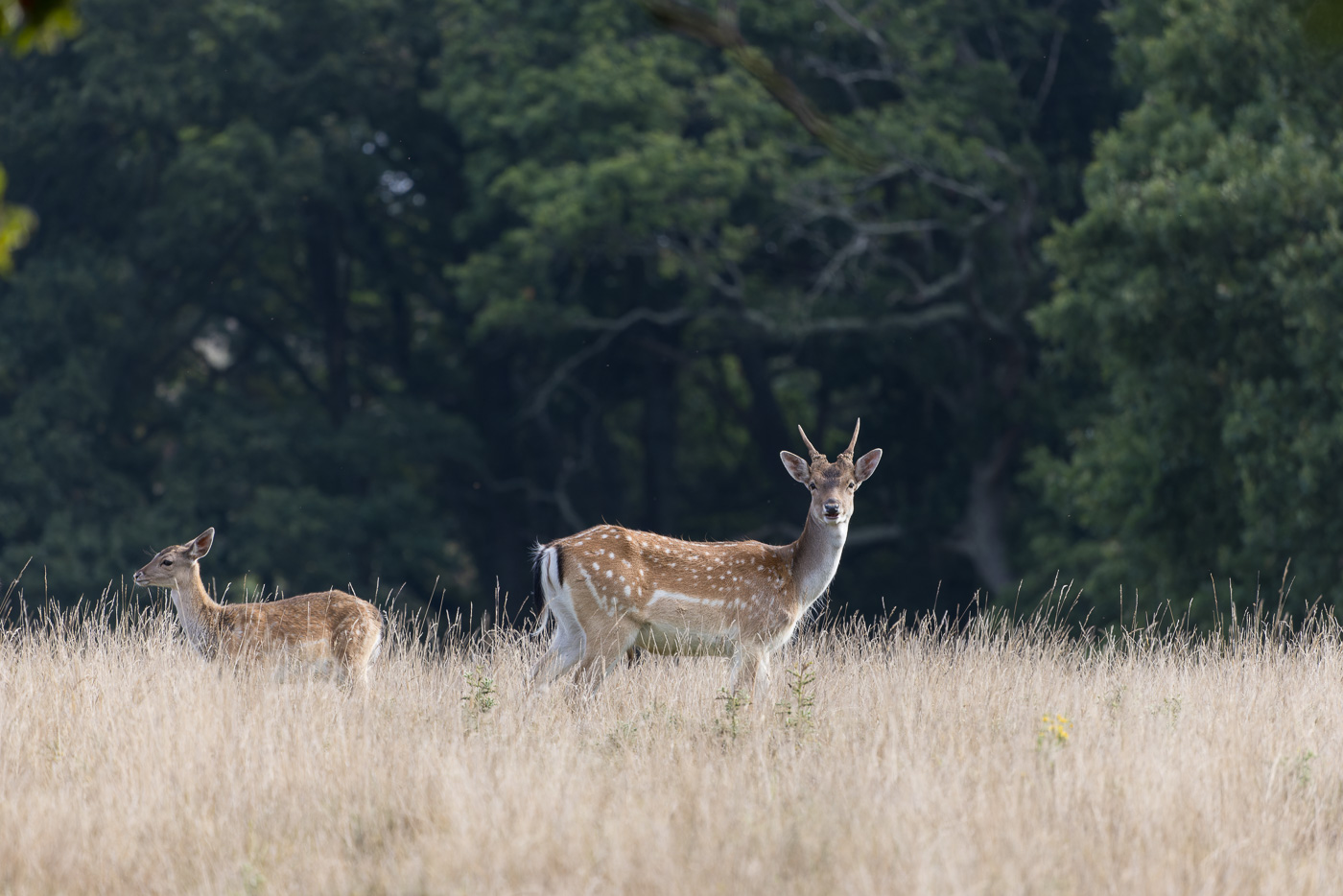
Deer watch captured with the RF 600mm f/11 lens. Camera settings: 1/400sec. f/11 ISO 1600
What Canon lenses are compatible with a Canon R5?
Canon develops its own range of mirrorless RF lenses compatible with the R5, which utilise the full-frame RF mount. However, it also accepts EF mount DSLR lenses with a lens mount adapter, and crop format RF-S lenses while in crop mode, providing plenty of options for every type of photography imaginable.
During this review I was using the Canon RF 100-500mm F/4.5-7.1 L IS USM Lens and RF 600mm F/11 IS STM Super Telephoto Lens for wildlife photography, however you can choose from dozens of options for any subject matter.
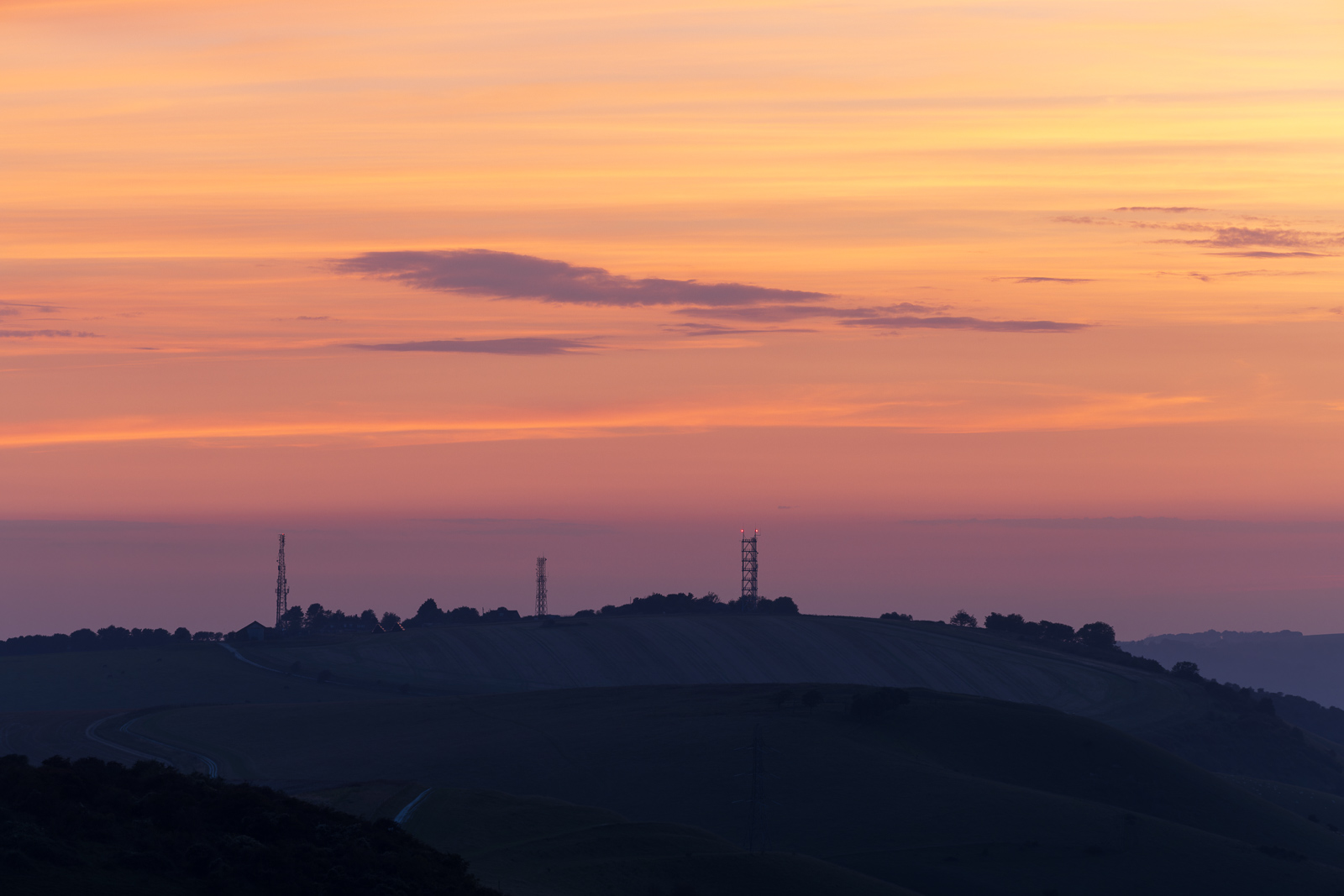
Sunset towers captured with the RF 100-500mm lens at 176mm (handheld). Camera settings: 1/40sec. f/7.1 ISO 320
Best Canon R5 photography accessories
It pays to invest in a fast Canon R5 memory card for high-resolution RAW burst shooting, and the camera takes a single CFexpress Type B card, which will clear the buffer more quickly than high-speed UHS-II SD cards are capable of doing. We were using the SanDisk Extreme PRO CFexpress Card Type B 128GB, but you can pick up any card capacity from Lexar, SanDisk and other brands.
As mentioned earlier you can use a mount adapter for DSLR lenses and there are several available, including the high-end Canon Control Ring Mount Adapter EF-EOS R, or more specialised EF-EOS R Mount Adapter With Circular Polariser.
Battery life is excellent at around 490 shots per fully charged LP-E6NH battery, however you’ll need at least one or two spares for a full days shooting. For beefier ergonomics and extra power you can use a Canon R5 battery grip. The BG-R10 battery grip allows you to work with two of LP-E6NH, LP-E6N or LP-E6 batteries at the same time.
The Canon R5 stands out as an excellent choice for photographers across various genres, with a particular appeal to wildlife and bird photography enthusiasts. Its key strengths lie in its exceptional image quality, driven by a high-resolution sensor and advanced image processing, helping you to capture images with beautiful clarity and detail. The camera's deep learning autofocus system with animal detection also provides a competitive edge when capturing fast-moving wildlife and birds in flight.
Furthermore, the R5 boasts impressive in-body image stabilisation for handheld shooting, even with long telephoto lenses, which is crucial for wildlife photographers working in the field. Its weather-sealed construction ensures durability, while comfortable handling and a user-friendly interface facilitate intuitive operation during your shoots.
Reserve your Canon R5 today and discover its exceptional performance, versatility, and reliability, which make it an outstanding choice for wildlife and bird photography.
Share this post:
By Nick Dautlich on 05/10/2023
Nick Dautlich
Senior Content Writer and Product Reviewer
Nick Dautlich is the Senior Content Writer and Product Reviewer at Park Cameras, with over 15 years of photography experience. A Sony Imaging Professional and expert reviewer, Nick has worked with major brands such as Canon, Sony and Nikon. His work is also featured on Vanguard World UK’s website, Capture Landscapes, and Shutter Evolve. Nick’s photography includes National Trust projects and magazine covers and he is passionate about landscapes and storytelling. Nick also enjoys hiking and teaching his children about nature. Learn more on his profile page.

Trade in your old equipment
Fast and easy trade in service ensures your old gear is collected efficiently and you are paid quickly! It's very simple to trade in your unwanted photography gear. Just head over to our dedicated Sell or Part Exchange page, fill out the details, and we'll get back to you with an offer for your old gear. Take the cash, or put it towards the cost of your new gear. It's up to you! Find out more
sign up to the newsletter
Keep up to date on the latest photography news, events and offers. Sign up now
